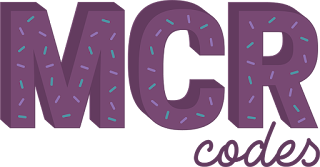Week 11 - Session 1 - Databases/MongoDB
 |
| blog image source |
A database is a collection of information that is organized so that it can be easily accessed, managed and updated.
Data is organized into rows, columns, and tables, and it is indexed to make it easier to find relevant information. Data gets updated, expanded and deleted as new information is added. Databases process workloads to create and update themselves, querying the data they contain and running applications against it.
There are two main database types in database technology, SQL(Structured Query Language):
Data is organized into rows, columns, and tables, and it is indexed to make it easier to find relevant information. Data gets updated, expanded and deleted as new information is added. Databases process workloads to create and update themselves, querying the data they contain and running applications against it.
There are two main database types in database technology, SQL(Structured Query Language):
- Relational; databases are relationally structured entities, usually representing a real-world object; for example, a person or shopping cart details.
- Non-relational; databases are document-structured and distributed, holding information in a folder-like Hierarchy which holds the data in an unstructured format.
- NoSQL database
- Consists Collections and Documents
- Document is a JSON object
- Think of a Collection as an array of Documents
- Mongo runs as a process on its own port on the local machine
- Can create remote instances (MLab)
- Can connect to MongoDB inside our Node.js applications
SQL vs. NoSQL Databases - https://www.upwork.com/hiring/data/sql-vs-nosql-databases-whats-the-difference/
MLab - https://mlab.com/
MLab - https://mlab.com/

